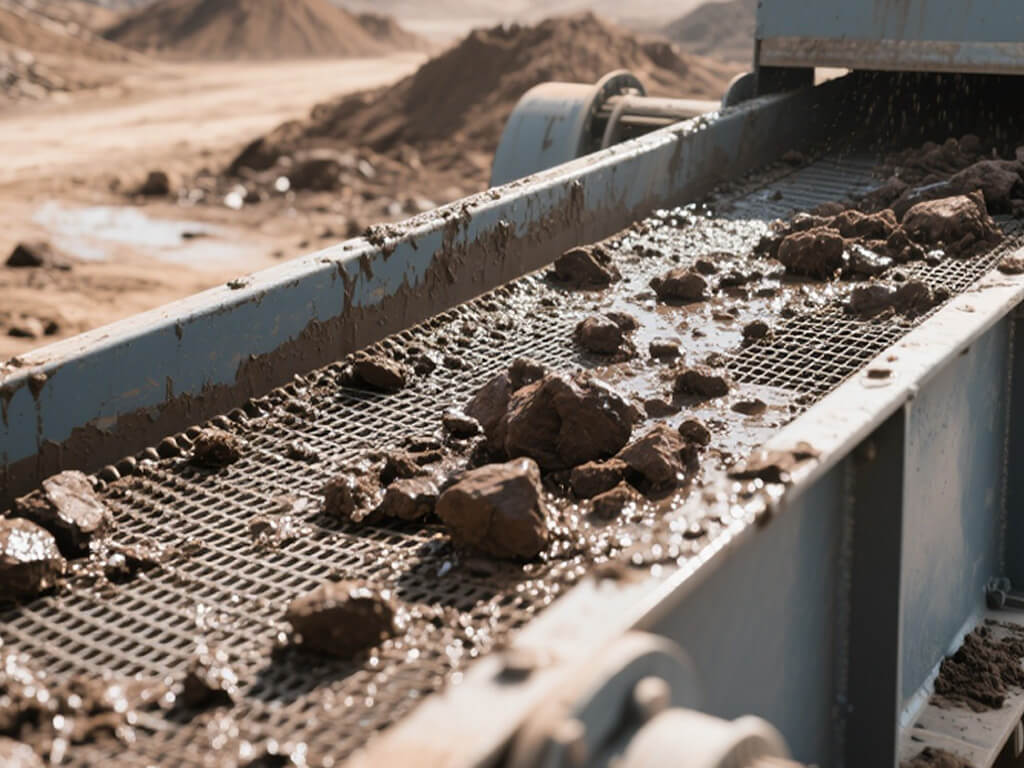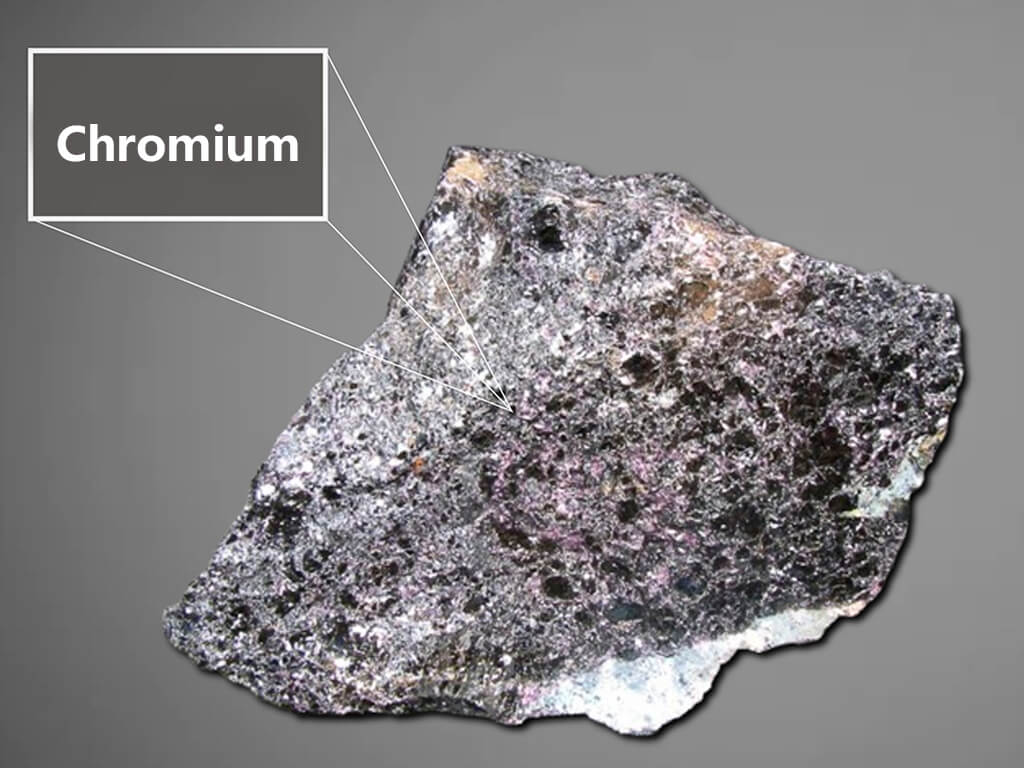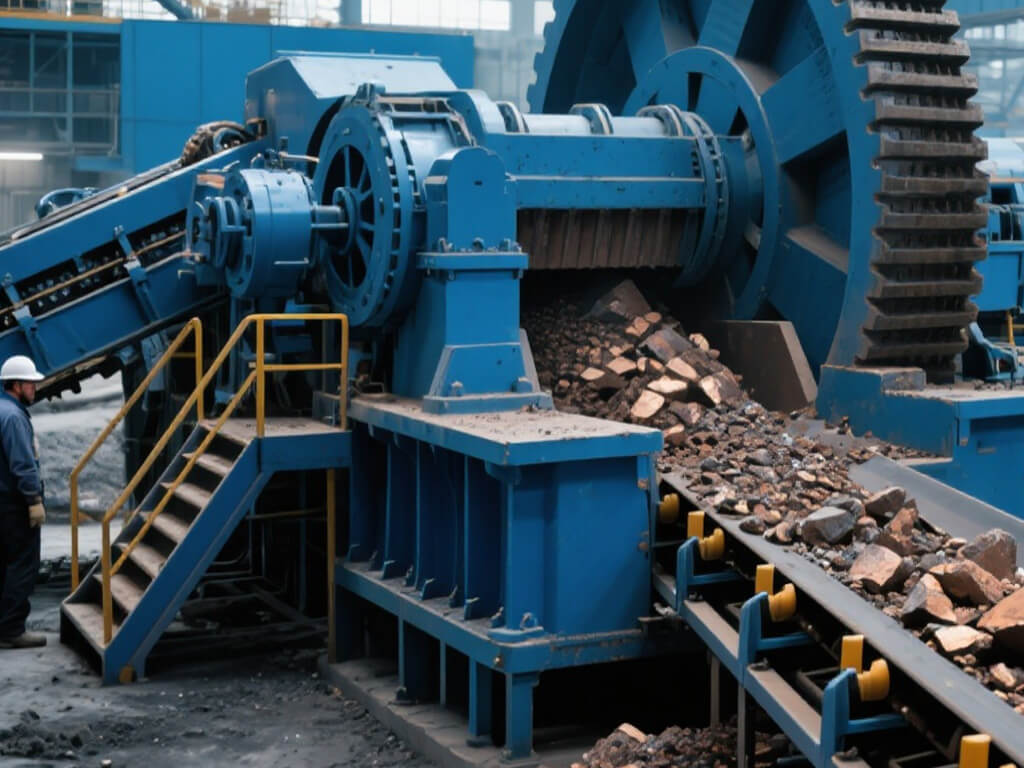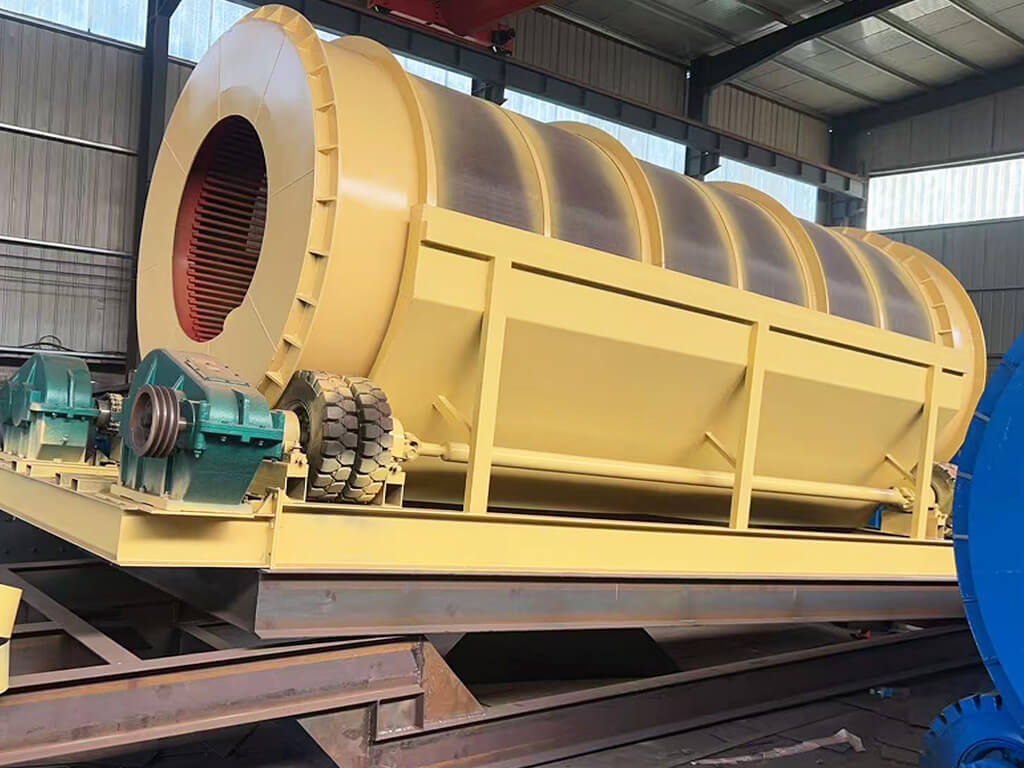- Home
- Blog
- Mineral Solution
- What Type of Mining Was Used to Find Gold? An In-Depth Look
What is Gold Mining?
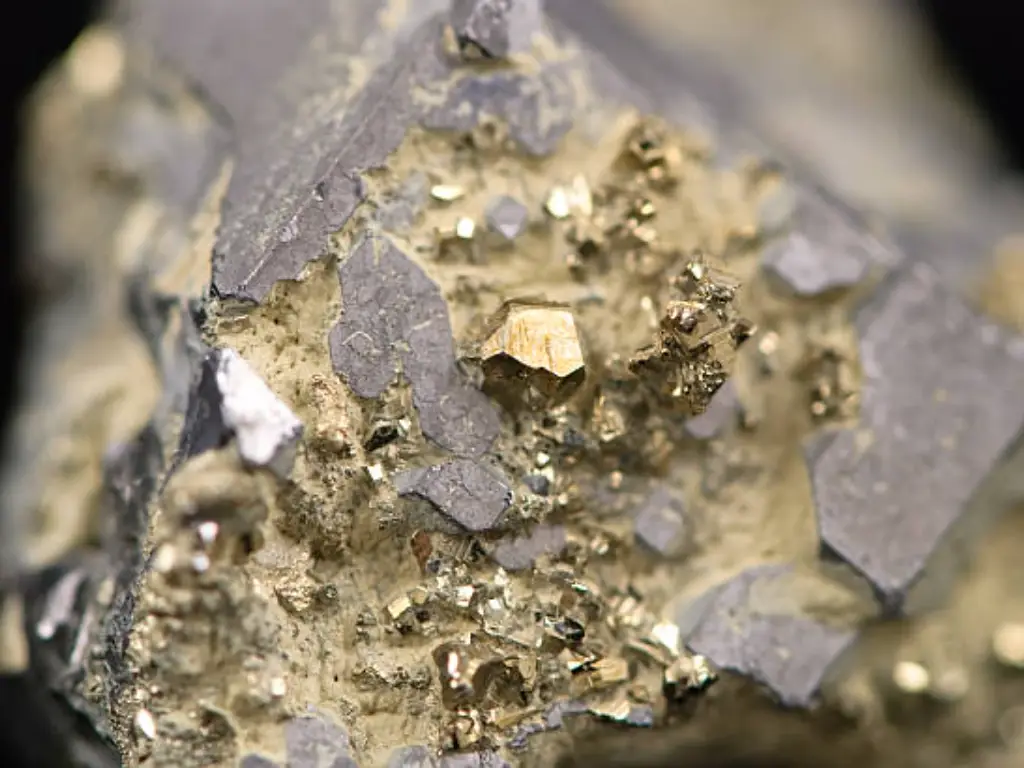
Gold mining is the extraction of gold from its ore from the earth. This can be done through a number of different methods, all of which are specific to the geological conditions and the scale of the operation. Gold being seemed as a precious metal has fueled man’s quest and discovery for centuries, which led to major historical events such as the California Gold Rush and the Klondike Gold Rush. These events not only affected the mining industry but also impacted the movement and development of populations across continents.
Small-Scale vs. Large-Scale Gold Mining
| Aspect | Small-Scale Gold Mining | Large-Scale Gold Mining |
|---|---|---|
| Investment Cost | Low investment cost, accessible to individuals and small groups. | High investment cost, requiring significant capital and infrastructure. |
| Scale of Operation | Operates on a smaller scale, often in localized areas. | Operates on a large scale, covering extensive areas. |
| Typical Equipment | Simple tools like pans, sluice boxes, rocker boxes, and sometimes small dredges. Crushing equipment and simple ore processing methods are used. | Advanced equipment like large dredges, highbankers, heavy machinery, crushers, and sophisticated processing plants. |
| Environmental Impact | Generally lower impact, but can cause localized environmental damage. | Higher environmental impact due to large-scale operations and use of chemicals. |
| Health Risks | Higher health risks due to lack of safety protocols and exposure to mercury. | Managed health risks with safety protocols. |
| Economic Benefits | Provides subsistence income to miners and their families. | Generates substantial economic benefits, including employment and regional development. |
| Community Involvement | High involvement of local communities and indigenous peoples. | Involves local communities mainly through employment and corporate social responsibility initiatives. |
The Historical Evolution of Gold Mining Techniques
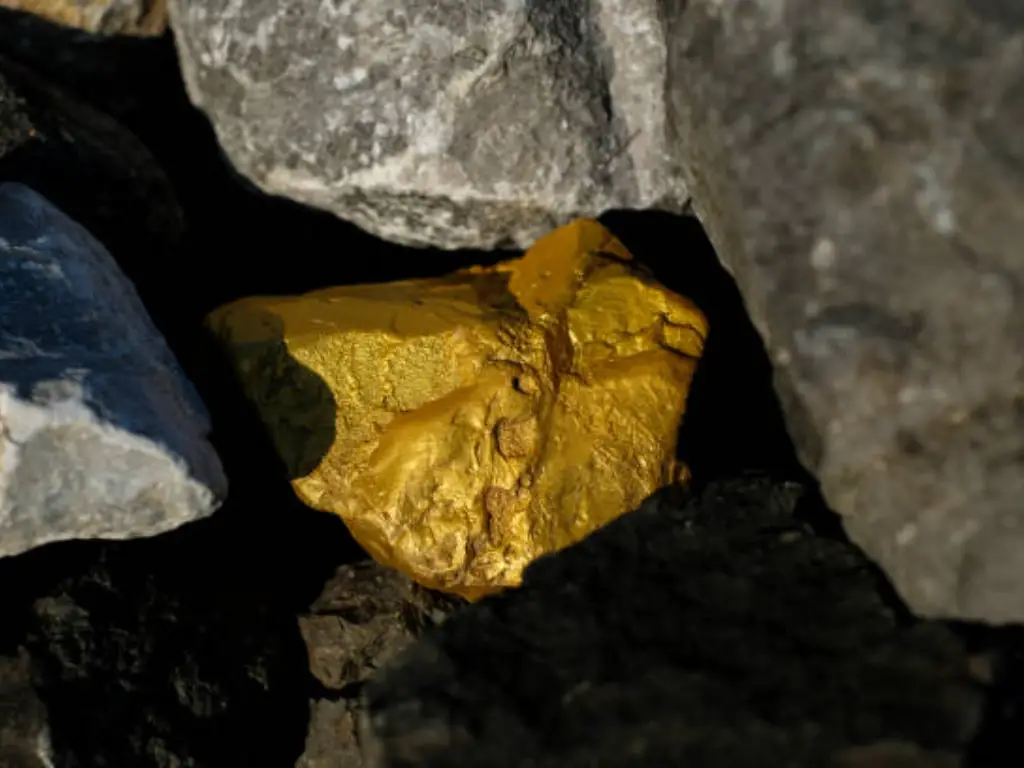
The methods of gold mining have changed over the years in various ways. In the past, miners used basic techniques like gold panning, which is the process of using a shallow container known as the gold pan to sift through sediment in the river to find gold. This method was practical for early prospectors who were working on a small scale. With the advancement in technology, better techniques were discovered. In the 19th century hydraulic mining was adopted where water pressure was used to knock down rock material and wash the gold out. However, this method was very destructive to the environment and thus was followed by more stringent measures.
During the 20th century, the mining techniques like underground mining and open-pit mining were common in hard rock mining. These methods enabled the miners to reach deeper and more complex gold bearing veins. New technologies in the machinery and chemicals enhanced the extraction of gold hence encouraging large scale production. In the present time, techniques such as cyanide leaching and improved dredging are used to improve the efficiency of gold mining and at the same time, decrease the amount of effort required. This is a continuous process, which is an indication of the industry’s attempt to satisfy the increasing demand for gold through technological innovation and the capacity to sell their gold at higher prices.
Different Types of Gold Mining Used to Find Gold
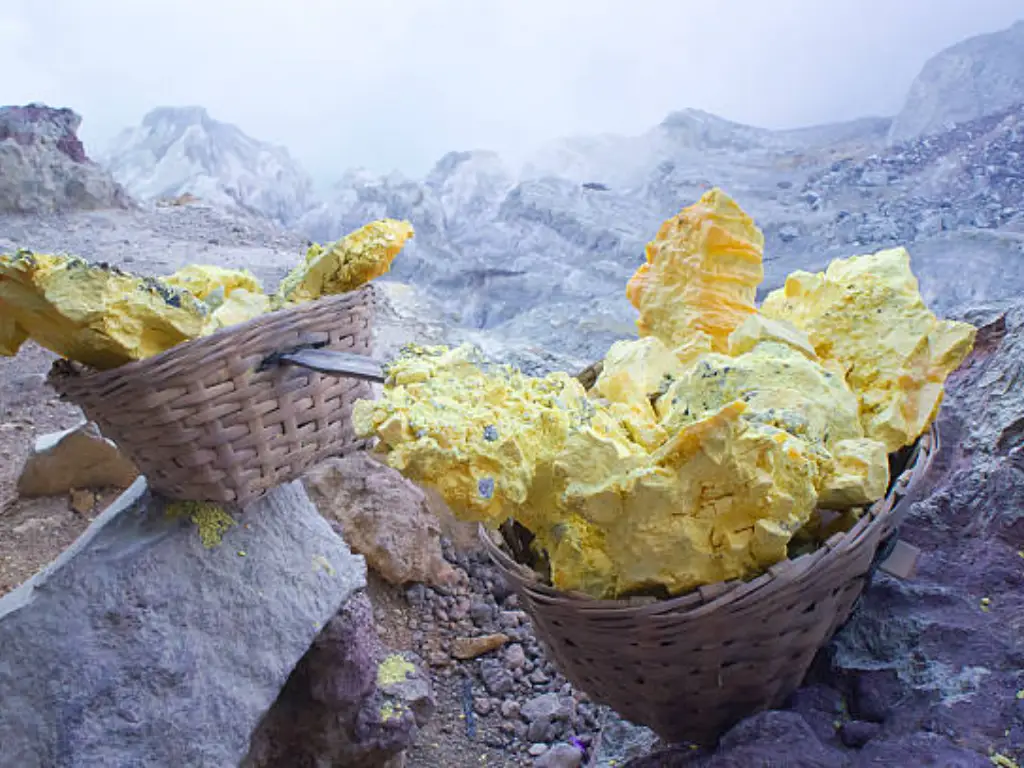
Gold mining can be broadly classified into two main types: placer mining and hard rock mining. Each method has distinct techniques and equipment suited to different geological conditions.
Placer Gold Mining
Placer mining focuses on gold deposits that are in alluvial deposits which are loose materials in river and stream beds. Here are some key techniques:
● Gold Panning: Gold panning is the most basic method of placer mining in which miners employ a gold pan to wash gold from other materials in water sources. This method which has been in practice since the Roman Empire is still in practice today because it is cheap and easy to practice. It is commonly performed by the locals and indigenous population. Although it is not very effective when done on a large scale, it is still a preferred method of locating gold nuggets and gold coins.
● Sluicing: Sluicing uses a sluice box to wash out gold from gravel and sand in the placer deposits. The water flow through the box assists in trapping of heavier minerals such as gold. This method is more efficient than panning and is commonly used in North America and British Columbia. It has been made more effective by modern methods and is widely used in gold fields.
● Rocker Box: A rocker box or cradle is another type of early method of placer mining that is a cross between panning and sluicing. Miners shake the box from side to side in order to let the water and gravel flow through while trapping gold. This method has been used during the gold rushes and is historically relevant and has been part of the best practices in placer mining.
● Dredging: Hydraulic mining is a method that uses water to transport gold from the surface of the placer deposits through large machines. This method is suitable for large scale extraction and has been practiced in different parts of the world such as Southern Africa and New World. However, it has some health impacts on the local people and the environment, though it is efficient.
● Highbanking: High banking is a method in which a high banker, a sluice box with a pump, is taken to the mining location. This method can be used for gold mining not only near the natural water sources but in any other type of territory. Highbanking is a contemporary technique that is suitable for larger scale operations.
● Drywashing: Drywashing is applied where water is unavailable or scarce as is the case in desert areas. This method employs air to isolate gold from other materials since gold is denser than other sediments. It is especially applicable in areas such as Southern Africa and offers a low cost alternative for gold extraction.
● Stamp Mills: While not a major method of placer mining, stamp mills are used to crush the ore to release the gold mine from the placer. This technique was widely used during the historical gold rushes and has been modified for the contemporary practices to enhance productivity.
Hard Rock Mining
Hard rock mining extracts gold from solid rock formations. It includes two primary methods:
● Underground Mining: Tunnelling and shafting is a type of mining that is done underground to extract gold from deep within the earth. This method enables one to get to rich, deeper gold deposits that cannot be mined using the placer mining method. It involves a lot of capital and sophisticated technology and is therefore more appropriate for large-scale production. Due to the chemical nature of gold, it requires specific methods to be employed in order to extract and purify it.
● Open-pit Mining: Open-pit mining is one of the earliest methods developed for extracting gold from large, near-surface deposits. This most common method involves stripping off large quantities of overburden to get to the ore This method is large scale and efficient and is employed by large gold mining companies. Large open-pit mines are located in North America and other areas with large gold deposits. Although it can yield a lot of gold, it presents many environmental issues and needs to be well managed to avoid adverse health effects on the people living nearby.
Curious about how these gold mines are processed and extracted? Click to “Understanding the Gold Mining Process: A Comprehensive Guide” and “Mastering the Gold Extraction Process: Expert Tips” in detail.
Innovative Tools and Machinery in Modern Gold Mining
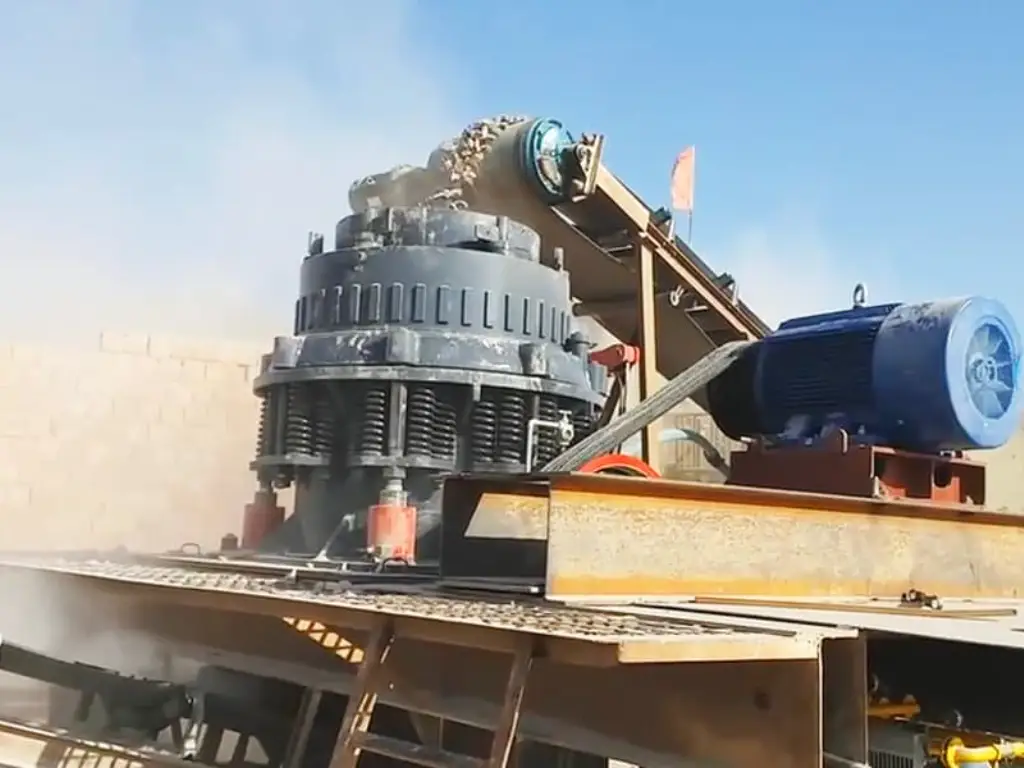
● Crushers: Crush big rocks into smaller ones to ease the extraction process of gold ore as well as to increase the efficiency of the process. Jaw crushers are used in both hard rock and placer mining operations as they help in breaking down the ore into smaller sizes.
● Gravity Concentrators: Gravity helps in the separation process of gold particles that are denser than other materials. These devices are very efficient in the recovery of fine gold and are widely used in both small scale and big scale mining.
● Magnetic Separators: Magnetic separation: this process helps in the removal of magnetic materials from the ore thus enhancing the quality of the final product. These separators are especially useful when working with the ore containing a large proportion of magnetic materials; thus, only gold and other valuable metals remain.
● Dredgers: Equipment employed in placer mining to suck sediment from river bottoms with large suction machines. They are very effective in the extraction of gold from underwater deposits, and enable miners to work through a large amount of material.
● Flotation Cells: A machine that employs the use of chemical reagents and air bubbles to isolate gold from other minerals. Flotation is particularly applicable to the treatment of sulfide ores in which gold is disseminated into the mineral in very fine particles.
● Cyanide Leaching Tanks: Employed in the process of dissolving gold in a cyanide solution with the aim of recovering the metal from its ore. This method is very efficient in the extraction of gold from low grade ores and is in practice in most of the current mining industries.
JXSC Mine Machinery Factory is a gold mining equipment manufacturer that provides crushers, gravity concentrators, and magnetic separators. Praised for their fast and efficient gold processing equipment, JXSC guarantees high productivity and durability in gold mining.
Conclusion
Technological development in gold mining has continued to progress with inventions such as the automated drilling systems that improve accuracy and speed. AI and machine learning enhance the search, and the chances of finding gold deposits are more accurate. Bioleaching and advanced gravity concentration are some of the processing techniques that enhance the recovery rates in the modern world. These innovations increase efficiency and effectiveness in operations, thus increasing the profitability of gold mining.
JXSC Mine Machinery Factory is at the forefront of these innovations, providing efficient gold mining solutions that integrate advanced technologies. Being a professional mineral processing equipment manufacturer, JXSC makes sure that its customers are equipped with the latest technologies to help them achieve the best results in their mining operations with durable and high-performing equipment.
FAQs
What are the environmental impacts of different gold mining methods?
The method of placer mining is highly destructive to riverine habitats and sediment regimes due to the disturbance of sediments. This form of mining causes loss of vegetation cover, soil and water pollution by heavy metals and chemicals like cyanide and mercury used in the extraction of the ores.
How is gold processed after it is mined?
Once gold is extracted, it is crushed and ground to fine powdery form. The gold is then extracted through methods such as gravity concentration, flotation or cyanidation process. The extracted gold is then subjected to the smelting process in which the impurities are separated from the gold to obtain high purity gold.

